This article provides a comprehensive guide on determining the appropriate size chimney liner for your home, ensuring safety and efficiency in your chimney system.
A chimney liner is a vital component of your chimney system. It is a protective layer that lines the interior of the chimney, serving multiple purposes:
- Protection: It safeguards the chimney structure from heat and corrosion.
- Safety: It directs harmful gases, such as carbon monoxide, safely outside your home.
- Efficiency: A properly sized liner improves the efficiency of your heating appliance.
Accurate measurements are essential for selecting the right liner. Follow these steps to measure your chimney flue correctly:
1. Remove any obstructions from the chimney top.2. Use a tape measure to determine the width and height of the flue.3. Measure the flue's cross-sectional area by multiplying the width by the height.4. Compare your measurements to standard liner sizes.
Several factors affect the size of the chimney liner you need. Consider the following:
- Flue Type: Different flue types require different liner sizes.
- Appliance Type: The heating appliance’s specifications dictate the liner size.
- Venting Requirements: Ensure that your liner meets local building codes and venting needs.
Chimney liners come in various materials and designs, each with its advantages and disadvantages:
| Type | Material | Pros | Cons |
|---|---|---|---|
| Clay Tile | Clay | Durable, heat resistant | Can crack over time |
| Stainless Steel | Stainless Steel | Corrosion resistant, flexible | Higher initial cost |
| Aluminum | Aluminum | Lightweight, cost-effective | Less durable than steel |
Installing a chimney liner requires careful planning and execution. Here’s a step-by-step guide:
1. Gather necessary tools: liner, tools, and safety equipment.2. Prepare the chimney: Clean the flue and remove any debris.3. Insert the liner: Carefully lower the liner into the flue.4. Secure connections: Ensure all joints are tight and sealed.5. Test the installation: Verify that the liner is functioning properly before use.
Knowing when to replace your chimney liner is vital for maintaining safety. Look for these signs:
- Cracks or Damage: Visible cracks indicate a need for replacement.
- Flaking or Crumbling: This can affect efficiency and safety.
- Increased Smoke: If smoke enters your home, your liner may be failing.
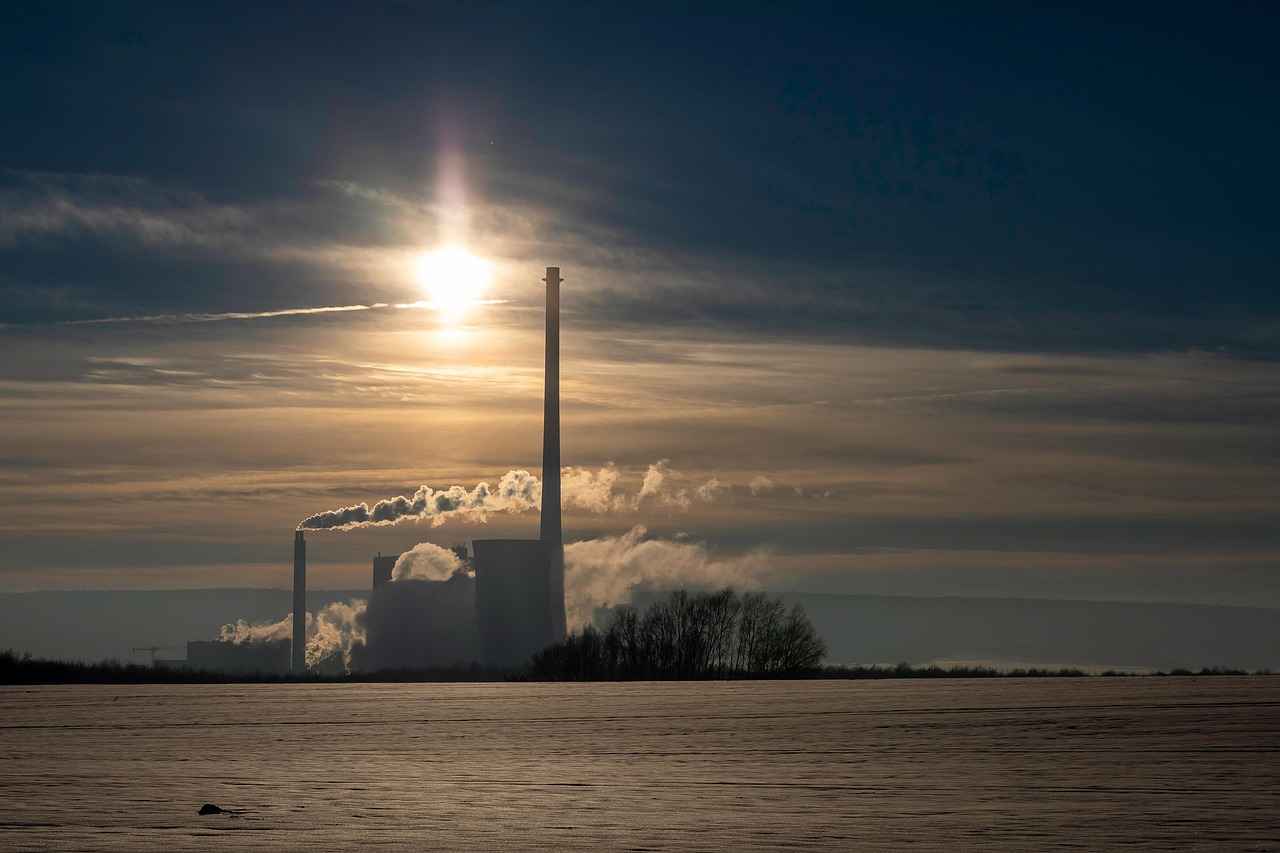
What is a Chimney Liner and Why is it Important?
When it comes to maintaining a safe and efficient home, understanding the purpose of a chimney liner is essential for every homeowner. A chimney liner serves as a protective barrier within the chimney, safeguarding its structure while enhancing overall safety. By effectively directing harmful gases and smoke outside, chimney liners play a vital role in preventing dangerous situations such as chimney fires and carbon monoxide poisoning.
Chimney liners are typically made from a variety of materials, including clay, stainless steel, and cast-in-place options. Each type of liner offers unique benefits, but their primary function remains the same: to protect the chimney from the corrosive effects of combustion byproducts. Without a proper liner, the chimney walls can deteriorate over time, leading to costly repairs and unsafe conditions.
Furthermore, a chimney liner ensures that the gases produced by your heating appliances are vented safely into the atmosphere. This is particularly important for homes that use wood-burning stoves, fireplaces, or gas appliances. The liner helps maintain the necessary draft, which is crucial for efficient combustion and heat production.
- Protection: A chimney liner shields the chimney from heat and corrosive byproducts.
- Safety: It directs harmful gases away from living spaces, reducing the risk of carbon monoxide exposure.
- Efficiency: A properly sized liner enhances the draft, improving the efficiency of your heating appliances.
- Compliance: Many local building codes require chimney liners for safety and insurance purposes.
Moreover, chimney liners can help in reducing creosote buildup, a flammable substance that accumulates in chimneys. By providing a smoother surface for smoke to travel, liners can minimize the amount of creosote formed, which in turn decreases the frequency of chimney cleaning required. This not only saves time and money but also enhances safety by reducing fire hazards.
In summary, understanding the importance of a chimney liner is crucial for maintaining a safe and efficient home. By protecting the chimney structure, directing harmful gases outside, and improving overall efficiency, a chimney liner is an investment that every homeowner should consider seriously. Regular inspections and maintenance of your chimney liner can ensure that it continues to function effectively, providing peace of mind for you and your family.
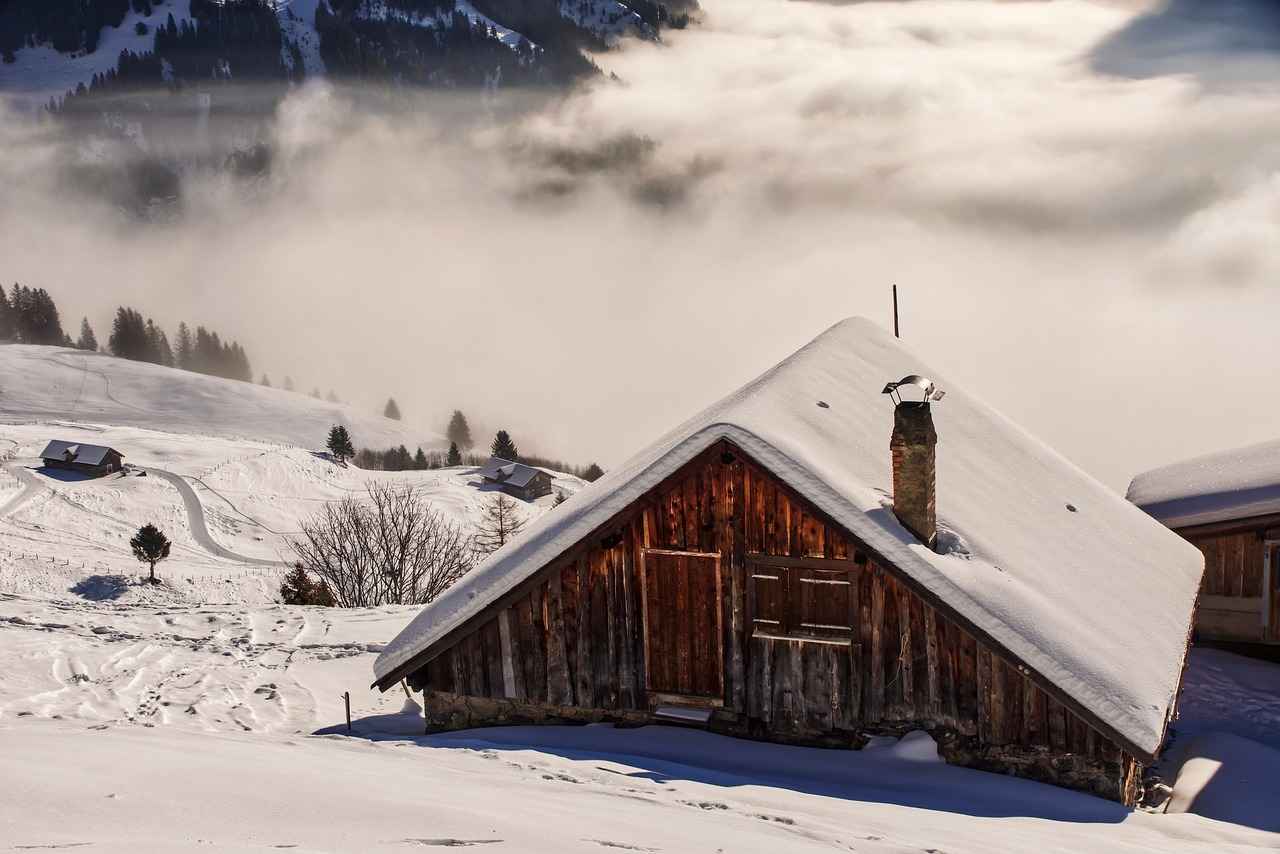
How Do I Measure My Chimney Flue Size?
Accurate measurements are essential for selecting the right chimney liner. A properly fitted liner not only enhances the efficiency of your chimney but also ensures safety by directing harmful gases away from your home. This section outlines the steps to measure your chimney flue correctly to ensure compatibility with your new liner.
To begin, gather the necessary tools: a tape measure, a flashlight, and possibly a mirror for hard-to-reach areas. Follow these steps to ensure accurate measurements:
- Inspect the Chimney Top: Start by measuring the diameter of the chimney flue at the top. Use the tape measure to get the width across the widest part of the flue. If your chimney has a cap or a cover, you may need to remove it to get an accurate measurement.
- Measure the Flue Length: Next, measure the height of the flue from the top of the chimney to the bottom where it connects to the appliance. This measurement is crucial as it impacts the draft and efficiency of your chimney liner.
- Check for Irregularities: Inspect the flue for any bends or offsets. If your chimney has a bend, measure the length of the straight sections and add them together for a total. Bends can affect the flow of gases, so knowing their angles and lengths is important.
- Identify Flue Shape: Flues can be round, square, or rectangular. Make sure to note the shape, as this will determine the type of liner you need. For rectangular or square flues, measure the width and height to calculate the area.
Once you have gathered all measurements, it’s important to compare them with the sizing charts provided by liner manufacturers. These charts will help you determine the correct liner size based on your flue dimensions and the type of appliance you are using.
Additionally, consider the type of fuel you are using in your fireplace or stove. Different fuels produce varying amounts of creosote and other byproducts, which can affect the liner’s compatibility and longevity. For instance, a gas appliance may require a different liner than a wood-burning stove.
Finally, if you’re unsure about your measurements or the compatibility of the liner, it’s advisable to consult with a professional. They can provide expert advice and ensure that your chimney is safe and efficient.
By following these steps, you can ensure that your chimney liner is the right size for your flue, contributing to a safer and more efficient chimney system.
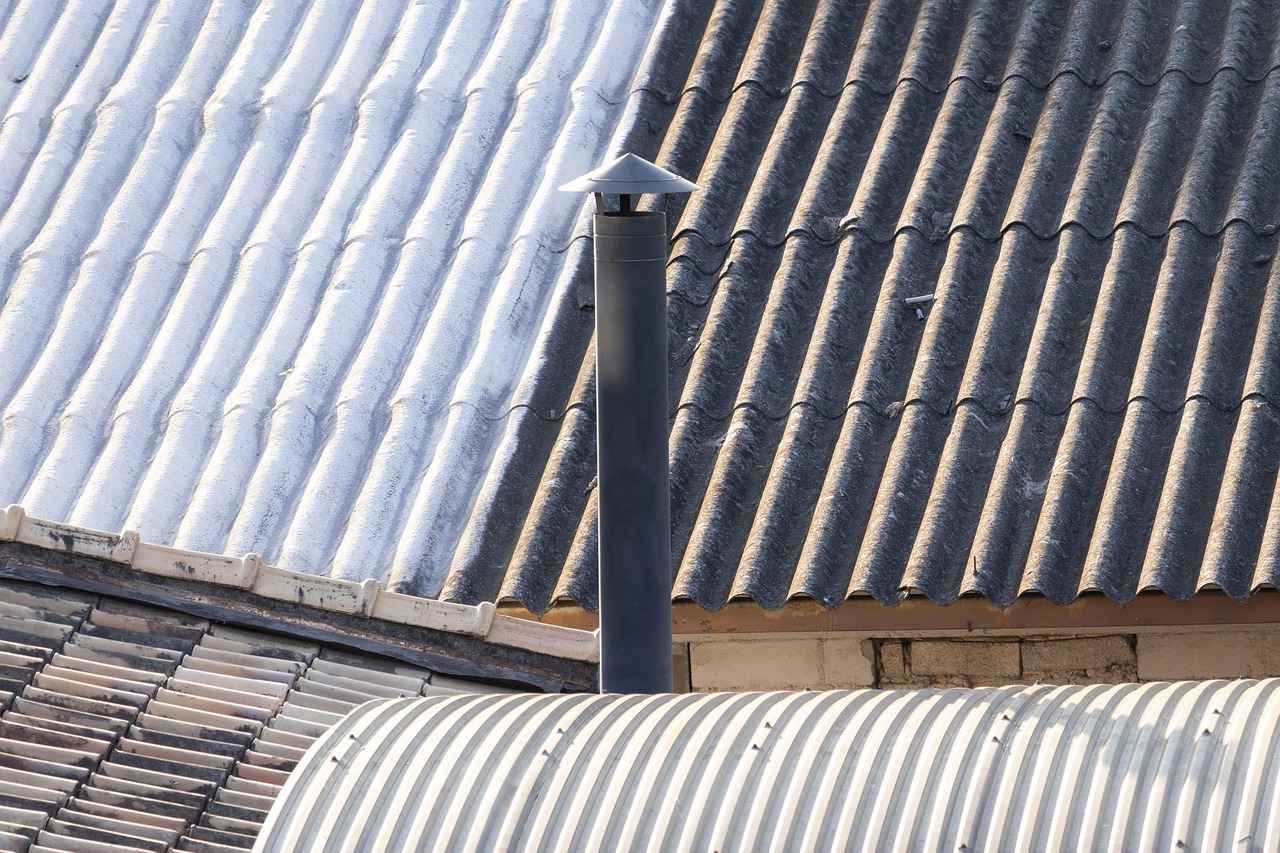
What Factors Influence Chimney Liner Size?
When selecting the right size for your chimney liner, several critical factors come into play. Understanding these factors is essential for ensuring both safety and efficiency in your chimney system.
Flue Type
The type of flue you have significantly impacts the chimney liner size needed. Flues can be classified into two main categories: vented and unvented. Vented flues are designed to expel gases from appliances, while unvented flues are typically used for gas appliances that do not require a chimney. Each type has specific dimensions and requirements that must be adhered to for optimal performance.
Appliance Type
The type of appliance connected to your chimney also plays a crucial role in determining the appropriate liner size. Different appliances, such as wood stoves, gas furnaces, and fireplaces, have varying exhaust requirements. For instance, a wood stove may require a larger liner to accommodate the higher volume of smoke and gases produced during combustion, while a gas appliance might need a smaller liner due to its different venting characteristics. It is essential to match the liner size to the appliance to ensure efficient operation and prevent backdrafting.
Venting Requirements
Venting requirements are another vital consideration when sizing your chimney liner. The height and configuration of your chimney can affect how gases are expelled. A taller chimney may create more draft, which can influence the size of the liner needed. Additionally, any bends or turns in the chimney can restrict airflow, necessitating a larger liner to maintain proper venting. It is crucial to assess the entire venting system to ensure that the liner size is adequate for the given conditions.
Local Building Codes
Compliance with local building codes is also a key factor in determining chimney liner size. Many jurisdictions have specific regulations regarding chimney liners, including minimum size requirements and materials used. It is essential to consult with local authorities or a professional installer to ensure that your chimney liner meets all necessary codes, which can vary significantly from one area to another.
Chimney Condition
The overall condition of your chimney can also influence the size of the liner you need. If your chimney is damaged or deteriorating, it may require a larger liner for proper function and safety. A thorough inspection by a certified chimney sweep can help identify any issues and provide recommendations for the appropriate liner size based on the chimney’s condition.
Conclusion
In summary, several factors influence the size of the chimney liner you need, including flue type, appliance type, venting requirements, local building codes, and chimney condition. By carefully considering these elements, homeowners can ensure they select the correct liner size, enhancing both safety and efficiency in their chimney system.
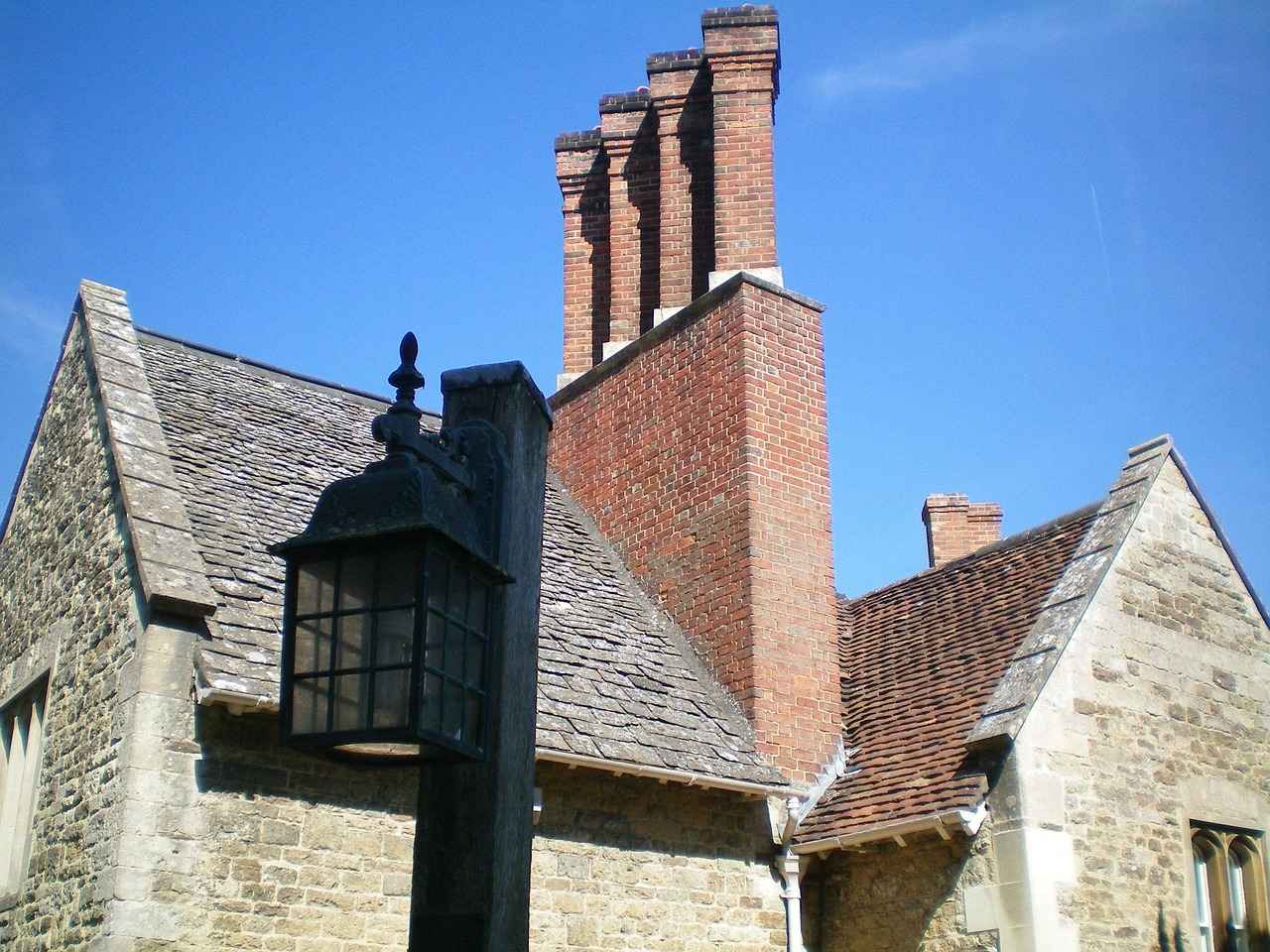
What Are the Different Types of Chimney Liners?
When it comes to chimney liners, understanding the various types available is essential for homeowners looking to ensure the safety and efficiency of their chimney systems. Chimney liners serve a critical role in protecting the chimney structure and improving the overall performance of heating appliances. Below, we explore the different materials and designs of chimney liners, along with their respective advantages and disadvantages.
Chimney liners can be categorized into several types based on the materials used and their intended applications. Here’s a closer look at the most common types:
- Clay Tile Liners:
- Pros: Durable, fire-resistant, and can withstand high temperatures.
- Cons: Prone to cracking, difficult to install, and may require professional help.
- Metal Liners:
- Pros: Lightweight, easy to install, and available in stainless steel or aluminum options.
- Cons: Can be more expensive than clay and may not be suitable for all fuel types.
- Cast-in-Place Liners:
- Pros: Highly durable and can be molded to fit any chimney shape.
- Cons: Installation can be complex and may require specialized skills.
- Flexible Liners:
- Pros: Perfect for retrofitting existing chimneys and can navigate bends easily.
- Cons: May not be as durable as rigid options and can be susceptible to damage.
Choosing the right chimney liner depends on several factors, including the type of fuel used, the design of the chimney, and local building codes. For instance, stainless steel liners are often recommended for gas appliances due to their resistance to corrosion, while clay tile liners may be more suitable for traditional wood-burning fireplaces.
When selecting a chimney liner, it’s also important to consider the installation process. Some liners require professional installation, while others can be installed as a DIY project. Always ensure that the liner you choose meets the safety standards and regulations in your area.
In conclusion, understanding the different types of chimney liners and their respective benefits and drawbacks is crucial for making an informed decision. By considering your specific needs and the characteristics of your chimney, you can select the best liner to enhance safety and efficiency.

How to Install a Chimney Liner: A Step-by-Step Guide?
Installing a chimney liner is a critical task that ensures the safety and efficiency of your chimney system. This step-by-step guide will walk you through the process, making it easier for you to execute this essential home improvement project.
A chimney liner serves multiple purposes. It protects the chimney walls from heat and corrosion, enhances the draft, and ensures that harmful gases are safely vented outside. Installing a chimney liner can also improve the overall efficiency of your heating system, making it a worthwhile investment.
- Chimney liner kit (including the liner, top plate, and cap)
- Chimney brush for cleaning
- Measuring tape
- Safety goggles and gloves
- Drill with appropriate bits
- Sealant for securing joints
Before purchasing a liner, it’s essential to measure your chimney flue accurately. Use a measuring tape to determine the flue’s height and diameter. A well-fitted liner will prevent leaks and ensure optimal performance.
There are various types of chimney liners available, such as stainless steel, aluminum, and clay. Choose a liner that suits your specific needs, considering the type of fuel you use and the size of your chimney.
Before installation, clean the chimney flue thoroughly using a chimney brush. Remove any debris, creosote, or blockages to ensure a smooth installation process.
Begin by lowering the chimney liner into the flue. Ensure it fits snugly and is free from obstructions. Use a drill to secure the liner at the top with the provided top plate. Make sure to apply sealant to prevent leaks.
After installation, perform a test to ensure the liner is functioning correctly. Light a small fire in your fireplace and check for any signs of smoke leaks. If everything is sealed properly, you should see smoke venting outside without any issues.
Once your chimney liner is installed, regular maintenance is crucial. Schedule inspections at least once a year to check for wear and tear, and clean the liner as needed to maintain efficiency and safety.
By following these steps, you can successfully install a chimney liner that enhances the safety and functionality of your chimney system. Always prioritize safety during the installation process, and consult a professional if you’re uncertain about any steps.
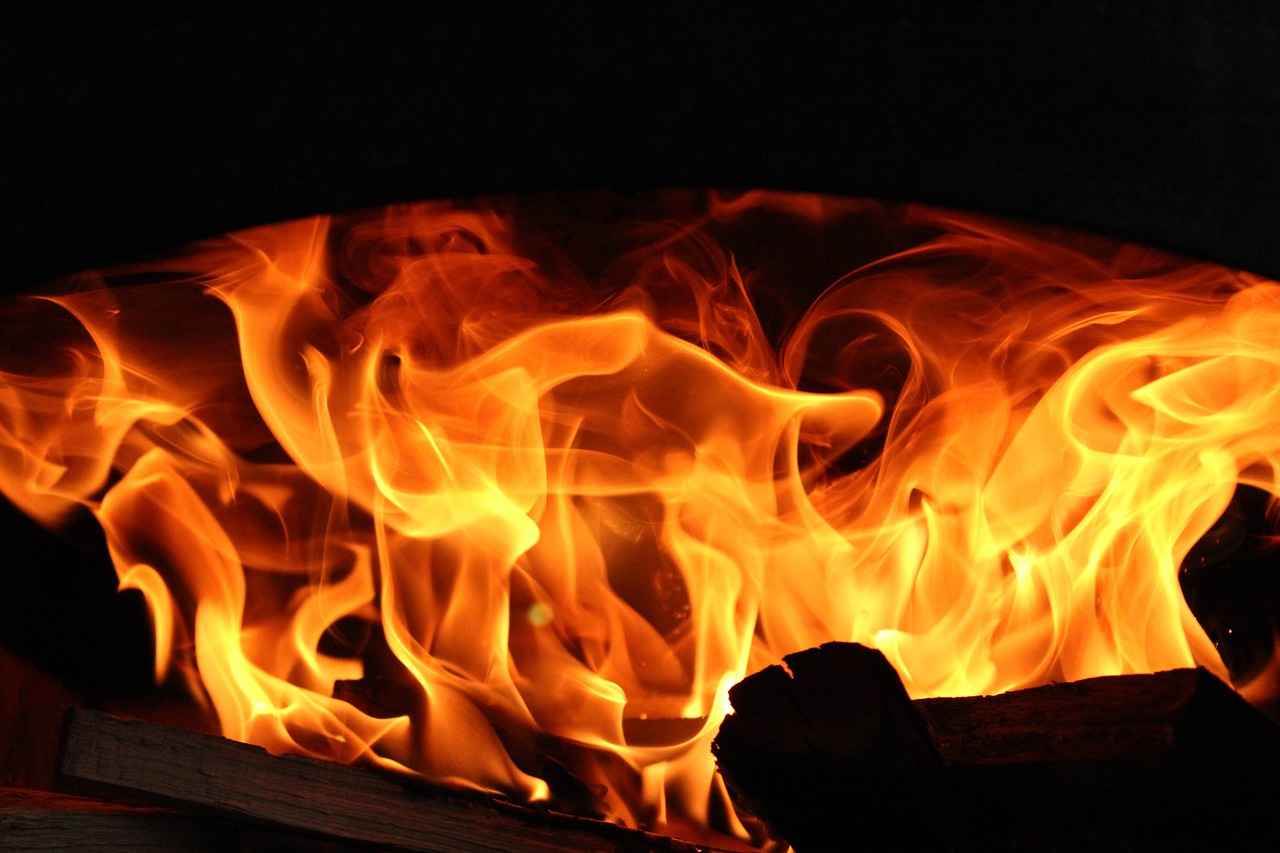
When Should I Replace My Chimney Liner?
Knowing when to replace your chimney liner is essential for ensuring the safety and efficiency of your home’s heating system. A chimney liner serves as a protective barrier between the flue gases and the chimney walls, enhancing the overall functionality of your chimney. Over time, however, wear and tear can compromise its effectiveness. Here are some critical signs that indicate it may be time for a replacement.
- Cracks and Damage: Inspect your chimney liner for any visible cracks or gaps. Even small fissures can allow harmful gases to escape into your home. If you notice any significant damage, it’s time for a replacement.
- Rust or Corrosion: If your liner is made of metal, check for signs of rust or corrosion. This deterioration can significantly reduce its lifespan and effectiveness. A rusty liner should be replaced immediately.
- Flue Blockages: Frequent blockages can indicate that your liner is not functioning properly. If you find that your chimney is consistently clogged, it may be due to a damaged liner that needs replacing.
- Age of the Liner: If your chimney liner is over 15-20 years old, it may be time to consider a replacement, even if there are no visible signs of damage. Materials degrade over time, and older liners may not meet current safety standards.
- Unpleasant Odors: If you notice a strong, unpleasant smell when using your fireplace, this could indicate a problem with your chimney liner. A failing liner may allow smoke and gases to seep into your living space.
During your inspections, pay attention to the following:
- Professional Assessment: It’s advisable to have a professional chimney sweep inspect your liner regularly. They can provide a thorough assessment and recommend necessary repairs or replacements.
- Smoke Tests: A smoke test can help identify leaks in the liner. If smoke escapes into areas where it shouldn’t, it’s a clear sign that your liner needs attention.
In conclusion, maintaining a safe and efficient chimney system is paramount for any homeowner. Regular inspections and being aware of the signs that indicate a need for replacement can save you from hazardous situations. If you suspect any issues with your chimney liner, don’t hesitate to consult a professional for advice and potential replacement options.
Frequently Asked Questions
- What is a chimney liner made of?
Chimney liners can be made from various materials, including stainless steel, clay, and aluminum. Each material has its own benefits and drawbacks, so it’s essential to choose one that suits your specific needs and the type of fuel you use.
- How do I know if my chimney liner needs replacement?
Signs that your chimney liner may need replacement include visible cracks, rust, or deterioration. Additionally, if you notice an increase in smoke or odors inside your home, it’s time to inspect your liner.
- Can I install a chimney liner myself?
While some homeowners may attempt to install a chimney liner themselves, it’s often best to hire a professional. Proper installation is crucial for safety and efficiency, and a pro will ensure everything is done right.
- What size chimney liner do I need for my appliance?
The size of the chimney liner you need depends on the type and size of your appliance. It’s essential to consult your appliance’s manual and measure your chimney flue accurately to determine the right size.
- How often should I have my chimney liner inspected?
It’s recommended to have your chimney liner inspected at least once a year. Regular inspections help catch potential issues before they become serious problems, ensuring your chimney operates safely and efficiently.




